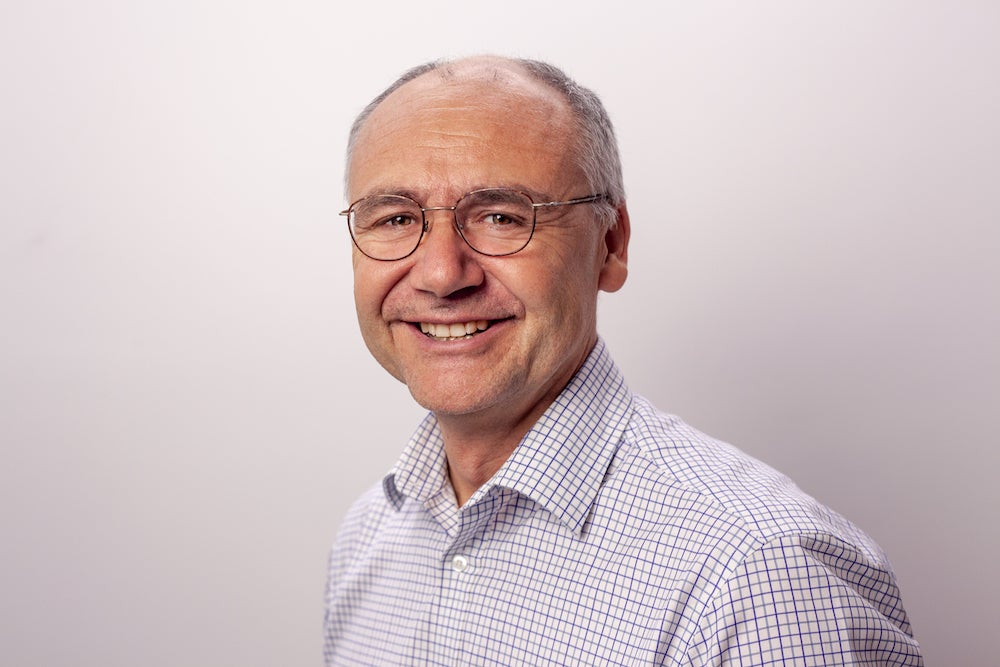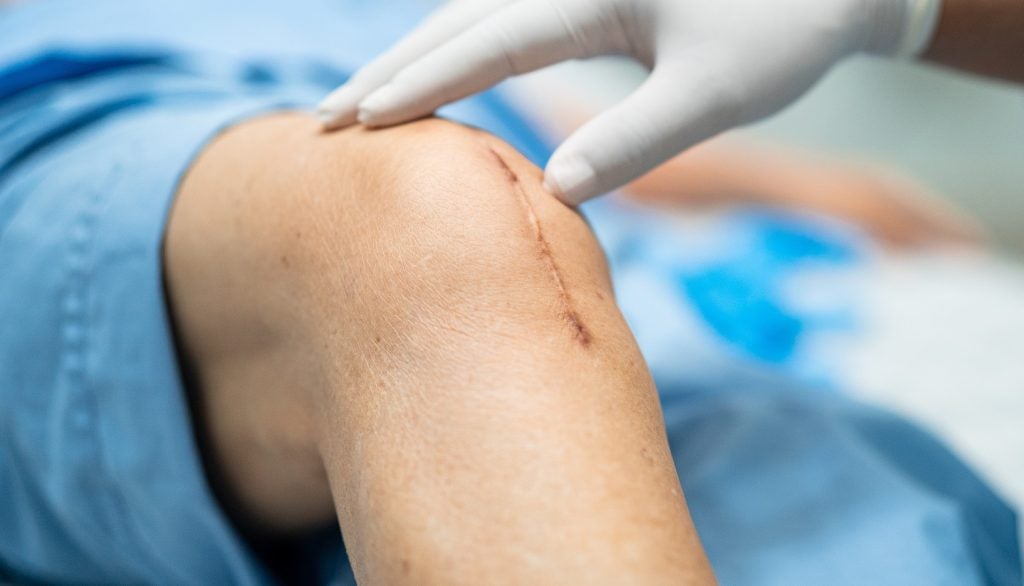
The burden of chronic illnesses on the global healthcare industry is growing year on year, as people live for longer and once-fatal conditions become manageable. While these are undoubtedly positive developments, clinicians are now in the position of having to monitor the lifelong conditions of far more people than ever before.
Accurate monitoring of chronic disease can be crucial in providing patients with a better quality of life, but is also immensely difficult. Ask somebody to actively check and record their own blood pressure readings at the same times every day, for example, and there’s a good chance they won’t be able to adhere to this consistently, leaving clinicians with erroneous or incomplete data.
French start-up Chronolife has come up with a unique solution to the issue of continuous remote patient monitoring. The company has developed a smart t-shirt, which uses embedded sensors and electrodes to capture continuous data on six different physiological parameters: thoracic respiration, abdominal respiration, electrocardiogram (ECG), temperature, physical activity and pulmonary impedance.
The data collected by the smart t-shirt is sent via Bluetooth to the patient’s smartphone. It can then be transmitted to data hosting servers and made available to healthcare professionals for analysis, to see how chronically ill patients are responding to treatment. The t-shirt is discreet and sleeveless, designed to be worn underneath a regular outfit, and allows a patient to undergo comprehensive and continuous remote monitoring. Adherence-wise, all patients need to do is put the t-shirt on and go.
Pharmaceutical company Servier is now supporting Chronolife as it conducts an experiment on the remote monitoring of 40 patients with chronic heart failure. Medical Device Network speaks to Chronolife CEO Laurent Vandebrouck about the potential medical applications of the humble t-shirt.
How well do you really know your competitors?
Access the most comprehensive Company Profiles on the market, powered by GlobalData. Save hours of research. Gain competitive edge.

Thank you!
Your download email will arrive shortly
Not ready to buy yet? Download a free sample
We are confident about the unique quality of our Company Profiles. However, we want you to make the most beneficial decision for your business, so we offer a free sample that you can download by submitting the below form
By GlobalDataChloe Kent: What is Chronolife’s USP?
Laurent Vandebrouck: The main asset of Chronolife is, in fact, an algorithm. It’s an edge computing technology that is able to fuse continuous multibiometric data flows, and in fusing the data is able to generate clinical events. In order to demonstrate the performance of the algorithm we have been able to generate this washable t-shirt that generates six medical data measurements.
These six measurements are generated continuously and transmitted through a Bluetooth interface integrated in the t-shirt to an application in the smartphone of the patient. Either the smartphone is used as a modem and all the data are continuously transferred to remote, certified servers – which we make available to our customers – or our software is embedded in the smartphone application and crates alerts at the level of the smartphone application.
CK: Why have you partnered with Servier?
LV: The deal with Servier is to launch this process of using continuous monitoring in real-life conditions using the connected washable t-shirt, instead of or on top of the usual monitoring medical devices, for patients with clinical heart failure. When these patients are discharged from the hospital, 70% unfortunately have another heart decompensation.
So, the objective is to allocate these patients two or three t-shirts, so that they can be remotely monitored six hours a day, during the night or even 24/7 in some cases, in case some of the measurements are not in line with protocol. If so, either ask the patient to come back to the hospital, modify their treatment or ask them to visit their GP for a check.
CK: Are you looking to have the t-shirt used for any other indications?
LV: We’re in discussions regarding the use of the t-shirt to monitor patients suffering from different diseases, from clinical heart failure to oncology to patients suffering from sleep apnoea. Pharma and medtech companies also want to use the t-shirt to objectively monitor and validate the efficacy of different therapies.
It should also be used not just for the remote monitoring of patients with chronic disease, but also for prevention. For people at risk of becoming chronically ill, the solution can also be well-adapted to monitor how their health evolves and changes to advise them how to have a better quality of life.
We have a deal in negotiation with an insurance company that is interested in providing such a tool to employees of large corporations who are at risk. For that, they would suggest the use of the t-shirt not continuously, but for two hours a day or when they do sports, to manage and reduce their risk.
CK: Why is continuous monitoring so important?
LV: When you use a medical device, a blood pressure monitoring device for instance, you ask the patient to take these measurements themselves, say once a day in the morning, then after that you are totally blind. When the patient is working, in a stressful situation, doing sports, you do not know the consequences of such an activity on their vitals.
Continuous monitoring lets you see in real-life conditions how the health of the patients evolves and changes through a combination of all the continuously generated data. For patients who have serious complications, it may be very helpful to have continuous monitoring to better predict deterioration of health, instead of taking measurements just once a day at one moment.
CK: Could the device be of any use for people recovering from Covid-19?
LV: Around 35% of the patients discharged from the hospital after Covid-19 suffer from pulmonary and cardiovascular consequences that do require long-term follow-up and monitoring. Our t-shirts monitor abdominal and pulmonary respiration, as well as ECG, and what we’ve realised from discussions with a lot of practitioners and physicians at different hospitals is that by integrating an oximeter too then we could have a very good solution to remotely monitor these patients. So that’s currently in development.
It’s interesting, one year ago hospitals in Europe were often saying, “Why do you want us to adopt remote patient monitoring services?” Following the Covid-19 crisis, I do not hear that anymore. All the hospitals want to make sure that only the patients that really do need care come back to the hospital. For that, they’re really now in favour of adopting remote patient monitoring to deliver continuous care inside and outside the hospital.
CK: Where are you at with US clearance?
LV: We were waiting to obtain the Class IIa certification here in Europe before engaging with the US for FDA clearance. That’s a work in progress and we’re currently defining the size of the clinical trial we will have to do.




